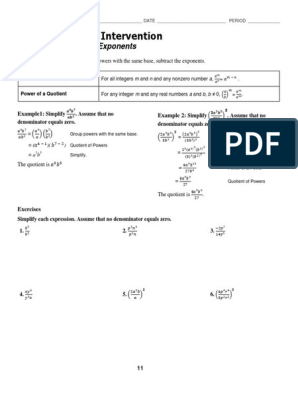0% found this document useful (0 votes)
29 views4 pagesMISE Problem Solving Lecture 3 Modular Arithmetic
This document discusses modular arithmetic, defining congruence and the basic rules for addition, multiplication, and division within this system. It explains the concept of modular inverses, their existence conditions, and provides examples of solving congruence and diophantine equations. Additionally, it introduces propositions that help in manipulating modular equations and finding solutions.
Uploaded by
asarepanyin7Copyright
© © All Rights Reserved
We take content rights seriously. If you suspect this is your content, claim it here.
Available Formats
Download as DOCX, PDF, TXT or read online on Scribd
0% found this document useful (0 votes)
29 views4 pagesMISE Problem Solving Lecture 3 Modular Arithmetic
This document discusses modular arithmetic, defining congruence and the basic rules for addition, multiplication, and division within this system. It explains the concept of modular inverses, their existence conditions, and provides examples of solving congruence and diophantine equations. Additionally, it introduces propositions that help in manipulating modular equations and finding solutions.
Uploaded by
asarepanyin7Copyright
© © All Rights Reserved
We take content rights seriously. If you suspect this is your content, claim it here.
Available Formats
Download as DOCX, PDF, TXT or read online on Scribd
/ 4





























































































